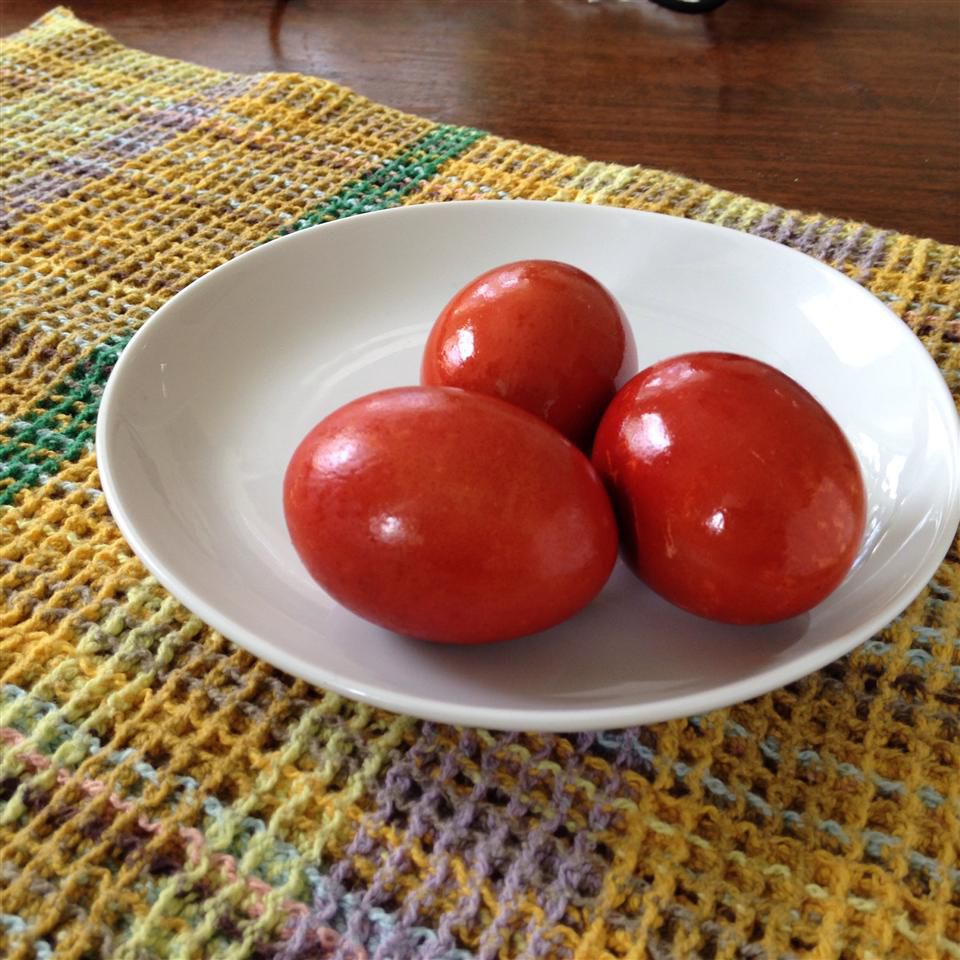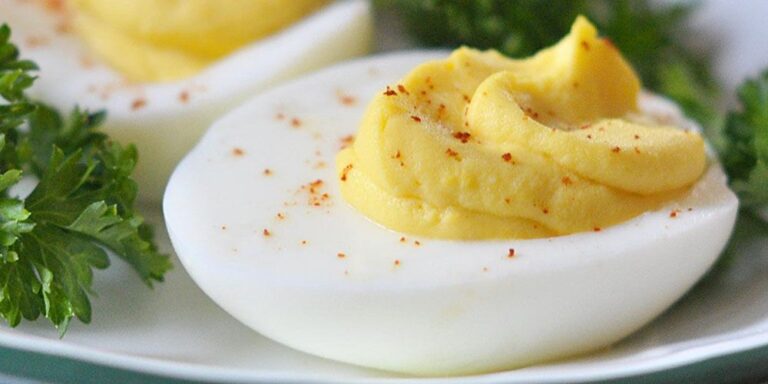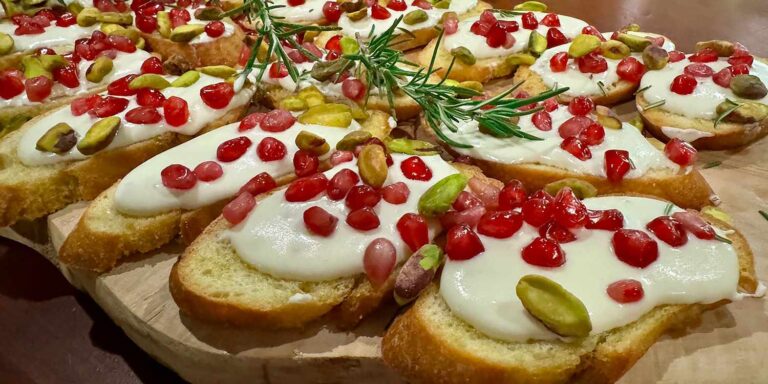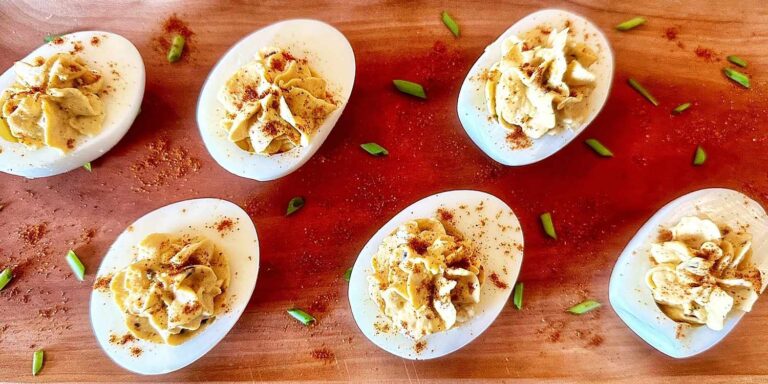Vibrant Greek Red Easter Eggs Recipe: Crafting Joyful Traditions with Delicious Color
How to Perfectly Dye Easter Eggs: A Fun and Traditional Method
Easter egg dyeing is a cherished tradition, and with the right techniques, you can achieve stunning results. This guide presents a refined approach to dyeing Easter eggs, inspired by Greek customs. After an Easter feast, a vibrant platter of red-dyed hard-boiled eggs becomes the centerpiece of joyous family gatherings.
Understanding the Significance of Dyeing Easter Eggs
The Cultural Importance
Dyeing eggs for Easter is more than just a festive activity. It symbolizes rebirth and the arrival of spring. In many cultures, including Greek traditions, red eggs represent the blood of Christ and the resurrection.
A Family Tradition
In my husband’s Greek family, these red eggs play a central role during celebrations. After enjoying a festive dinner, a game ensues where family members crack their eggs against one another, adding an element of fun and laughter to the occasion.
Traditional vs. Modern Dyeing Techniques
Traditional Methods
Traditionally, eggs are dyed using natural ingredients such as onion skins and beet juice. These methods produce beautiful, earthy colors and are a fantastic way to engage children in a hands-on experience.
Modern Approaches
With advancements in dyeing techniques, synthetic dyes have become popular for their wide range of vibrant colors. These can be easily found in stores and offer consistent results, while also saving time.
Step-by-Step Guide to Dyeing Easter Eggs
Preparing Your Workspace
- Gather your materials, including:
- White eggs (hard-boiled)
- Vinegar
- Water
- Food coloring or natural dyes
- Cups or bowls for dyeing
- Apron and gloves for protection
Making the Dye
- For synthetic dyes, mix equal parts water and vinegar, then add desired food coloring until the desired shade is achieved.
- For natural dyes, simmer chosen ingredients (like beetroot for red, turmeric for yellow) in water and vinegar for vibrant hues.
Dyeing the Eggs
- Submerge each egg in the dye for 5 to 10 minutes, depending on the color intensity desired.
- Carefully remove eggs and place them on a drying rack or egg carton to set.
Creative Decoration Ideas
Adding Patterns
Once dyed, consider embellishing your eggs with patterns using:
- Stickers
- Wax resist (using crayon)
- Glitters
Using Natural Materials
Incorporate leaves or flowers to create unique designs by wrapping them around the eggs before dyeing for a beautiful, natural effect.
Hosting an Egg Cracking Game
Setting Up the Game
After dyeing, gather family and friends around a table. Each person selects an egg, and the goal is to crack the opponent’s egg while keeping yours intact.
Enjoying the Tradition
This playful competition not only fosters bonding but also carries a deeper meaning of faith and celebration, enhancing the festive atmosphere.
Conclusion
Dyeing Easter eggs is a delightful activity that brings family together while honoring cultural traditions. By choosing the right techniques and adding your personal flair, you can create beautifully dyed eggs that will be the highlight of your Easter celebrations. Embrace this joyful tradition and make it a memorable part of your family’s Easter festivities!







